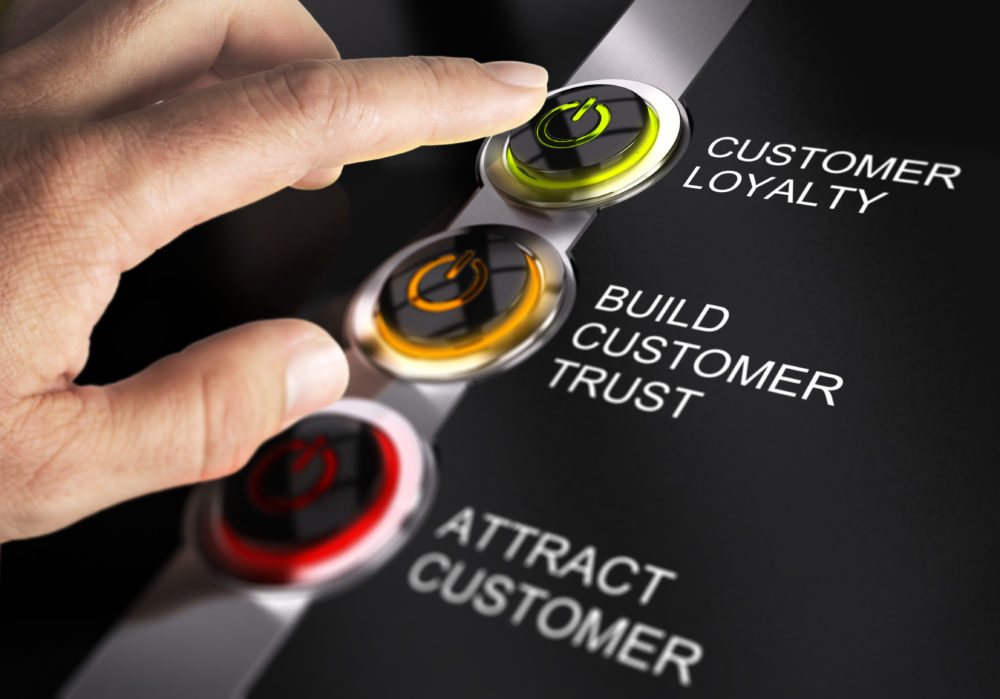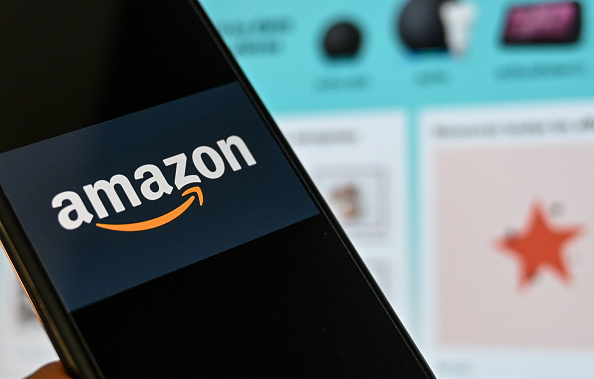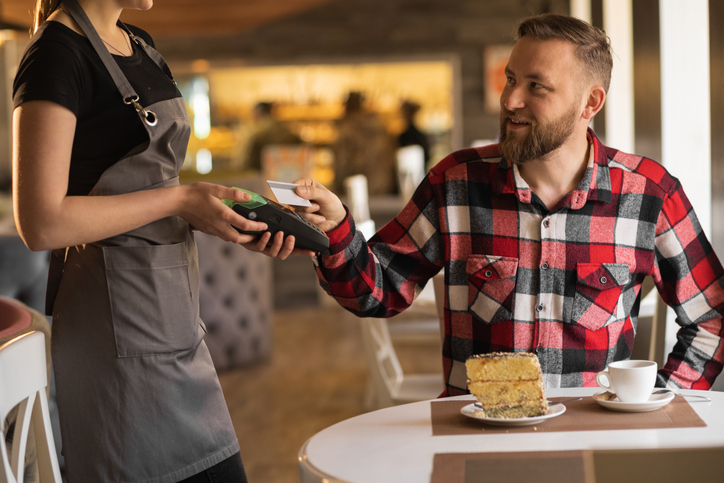It has become almost an adage in the world of business that it is much cheaper to retain a loyal customer to secure a new one. This notion has lead to the creation of loyalty programs over the decades and online programs in recent times. Software programs have been developed with sophisticated features to keep bringing your existing customers for more and to turn your prospects into loyal customers.
With all this hype around the importance of loyalty, are these programs as effective as they claim to be?
According to Frederick F. Reichheld, business strategists, author, and New York Times best-seller, no matter how a customer loyalty program is set, some things are consistent in the world of business. Firstly, there are certain customers who remain loyal to the companies they are buying from. This is because they prefer to maintain long-term and stable relationships.
Secondly, he points out that high customer loyalty benefits companies in so many different ways, eventually boosting their bottom-line. It has a positive impact on areas like improved employee morale, competitive edge, and reduced capital costs.
Michael Treacy, a consultant and former MIT professor, doesn’t agree with these claims. He quotes examples of companies like Lexus and American Airlines that spent big on customer loyalty programs but couldn’t reap the gains they expected. The well-known author and speaker wants companies to focus on the quality of their goods or services to retain their customers.
In an ideal world, it would be best to follow both these experts – deliver high quality products or services and build an efficient customer loyalty program.
If these schemes didn’t work for American Airlines the way they expected them to, they certainly did for Starbucks. The app-based program helps the coffeehouse chain more than 6 million transactions per week, all on its own.
The company hasn’t stopped with the app. It has integrated the program everywhere including grocery stores and kiosks. In fact, customers are able, not only to save with their ‘cards’, they also get a chance to show off their loyalty to the brand.
If it is working for a company like Starbucks, it should surely work for others too. It is likely that companies like American Airlines and Lexus haven’t customised their loyalty programs to their niche, as effectively. A number of applications have been developed around customer loyalty management. Businesses can increase customer loyalty with Say2b and other such apps once they have determined the ideal modus operandi.
Customer loyalty is a real thing and it has been proven in many research studies and surveys.
According to a research by Invesp Consulting, you have 50% more chance of selling your new products to your existing customers. They are likely to spend more than 30% compared to new ones. This clearly shows that it is important to focus company marketing efforts towards loyalty programs.
This is interesting considering another survey from 2015 by Colloquy that found that only around 18% of the marketers surveyed claimed that they would be spending more on retention. A higher percentage, 34% of the marketers, said that they would focus more on new acquisition.
Today, customers spend most of their time online. They are on social media sites, Google and other search engines, YouTube and other video sharing websites, and on mobile apps. And that is exactly where modern customer loyalty programs should point at.
The key is to reach them at the right place, offering them something that is encouraging and economical. And most importantly, something that is simple to understand and pursue.





